Defects and solutions of extruded magnesium anode
Mg has high specific strength, good shock absorption and electromagnetic shielding properties, and extruded magnesium sacrificial anodes are widely used in the protection of steel components. In addition to the requirement that the electrochemical properties of the extruded magnesium sacrificial anode meet the ASTM standard, the surface quality, shape and size deviation of the extruded magnesium anode are strictly regulated.
The defects of extruded magnesium anode
1. Surface quality: the color is uniform and milky white, or slightly light yellow, no serious oxidation black and color difference are allowed; no cracks, slag holes, bubbles, skin layers are allowed; no more than 4 white spots on the anode are allowed. And the area of each place is not more than 15 mm2.
2. Extrusion size: The die size is unqualified, resulting in the diameter of the anode rod being out of tolerance. The size of the extruded rod is controlled by the sizing band of the die hole. If the sizing belt of the die hole is used for a long time or lack of good lubrication, the size of the anode rod will be out of tolerance.
3. Large shape deviation: The hardness of the steel core is too high, which is different from the shrinkage ratio of magnesium, resulting in serious bending of the magnesium ingot. Magnesium anodes should be straightened after extrusion. There is no obvious unevenness on the surface of the product after straightening.
4. Unqualified electrochemical performance: ASTM standard and national standard GB/T 17731-2004 both require the current efficiency of extruded magnesium anode to be greater than 50% and the open circuit potential to be higher than -1.68 VSCE. In the extrusion molding of magnesium anode, the anode rod is subjected to high temperature, which causes the anode grains to grow abnormally, resulting in a sharp decrease in the current efficiency of the anode. If the extrusion ratio of the anode is too small, the plastic deformation of the anode is small, and there are defects such as concave, air bubbles, and slag bubbles on the surface of the anode rod, which will easily lead to unqualified current efficiency and open circuit potential of the anode rod.
The solutions of extruded magnesium anode
1. Strictly control the casting quality of the billet: Strictly control the impurity content of the casting billet, especially the content of Fe, Ni, Cu, Si, and Al, which have a great influence on the electrochemical performance. During the peeling stage of the billet, the size of casting defects such as inclusions, cold insulation and shrinkage holes should be strictly controlled. Any oxidative inclusions observable to the naked eye are not allowed.
2. Strictly control the outer diameter of the billet: the diameter of the billet should be controlled at Ф(92±0.5) mm. If the diameter of the billet exceeds the tolerance, the extrusion cylinder will be subjected to greater extrusion force, which is unfavorable for the use of the extrusion cylinder; The friction of the extrusion cylinder increases, and the increase of frictional heat may cause thermal cracking of the magnesium anode. The increase of the friction force also deteriorates the surface quality of the anode, which ficantly reduces the current efficiency of the magnesium anode.
3. Formulate a reasonable homogenization annealing process system: through the appropriate homogenization annealing process, the chemical composition segregation of the billet can be eliminated, the plasticity of the material can be improved, the anode deformation resistance can be reduced, the deformation degree of the material can be increased, and the grains can be refined.
4. Optimize extrusion process parameters: determine the best extrusion process parameters such as extrusion ratio, extrusion temperature, extrusion speed, lubrication, preheating temperature of die and extrusion barrel through optimization experiments to make the grains of anode rods finer, no surface defects, the shape and size of the anode rod are qualified.
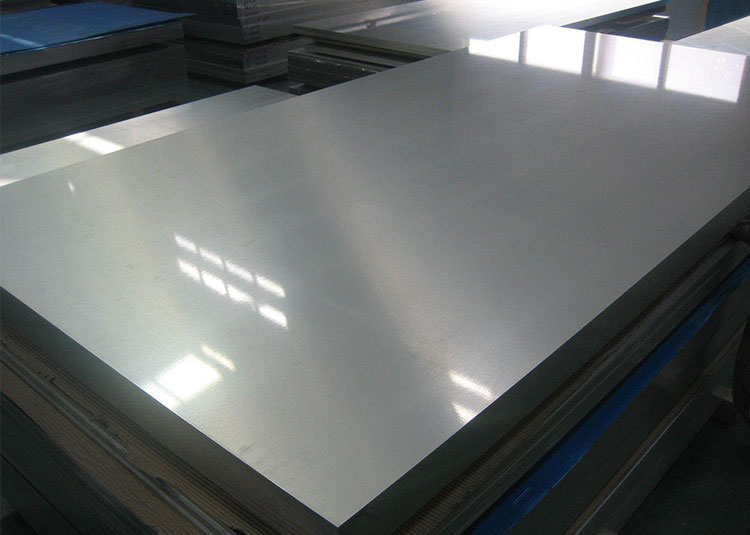
Aluminium Sheets
View Details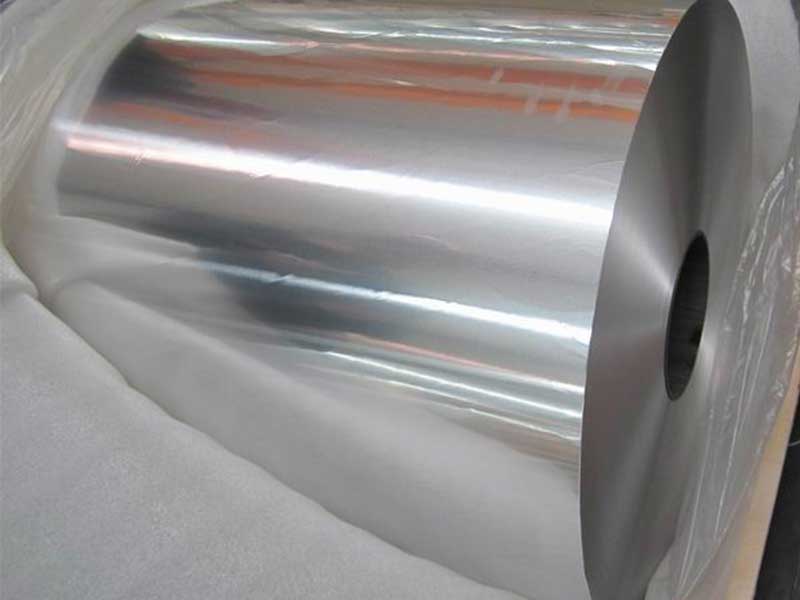
Aluminium Coils
View Details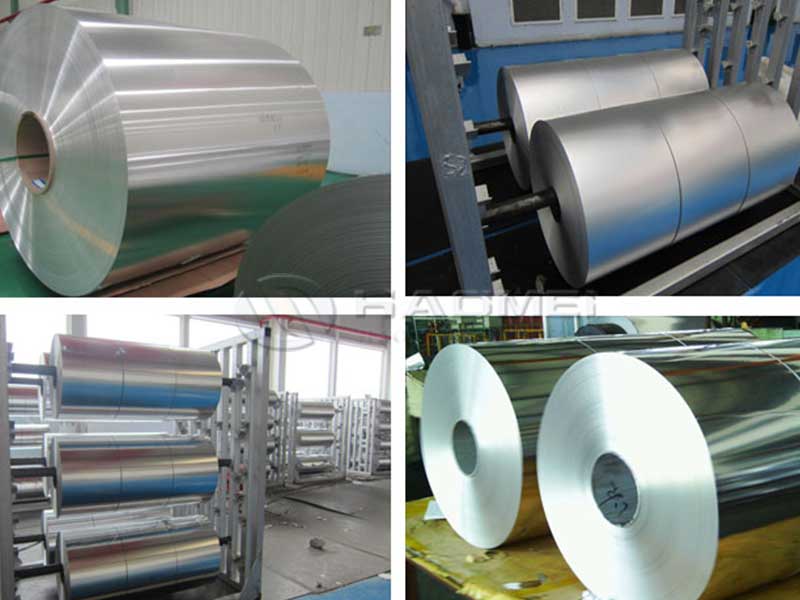
Aluminium Foils
View Details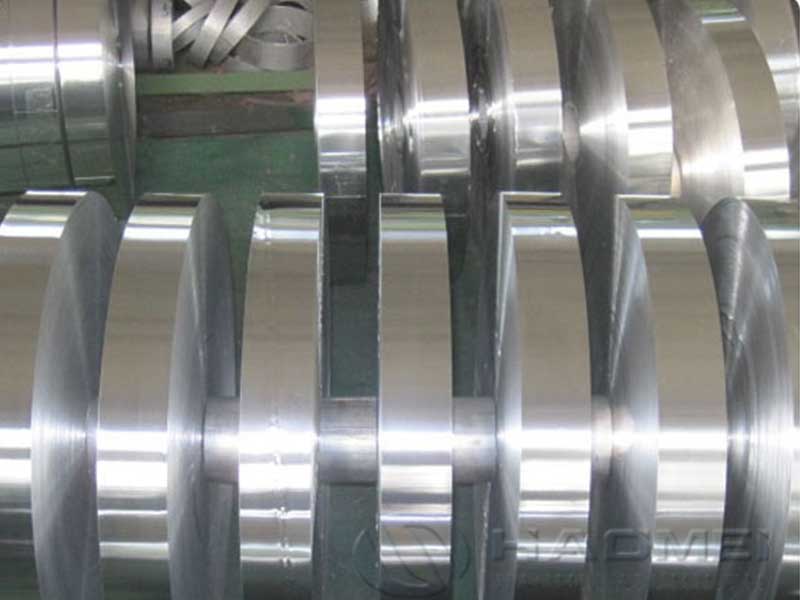
Aluminium Strips
View Details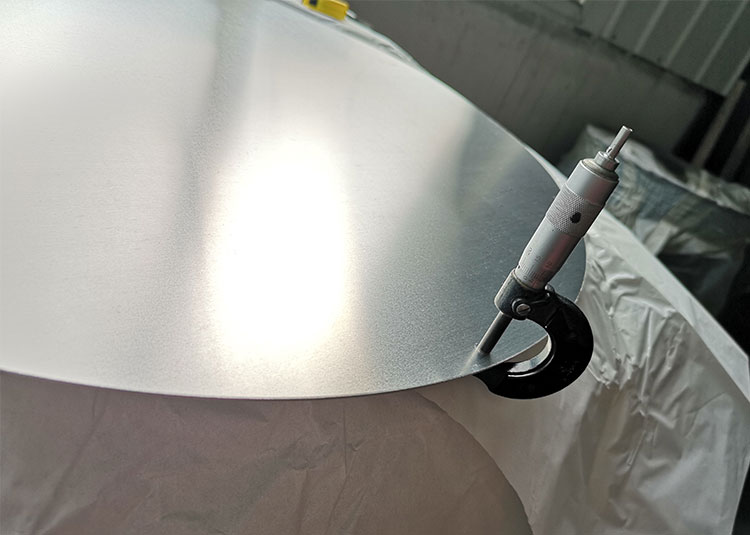
Aluminium Circles
View Details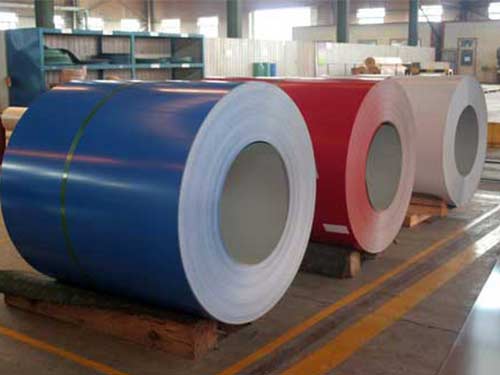
Coated Aluminium
View Details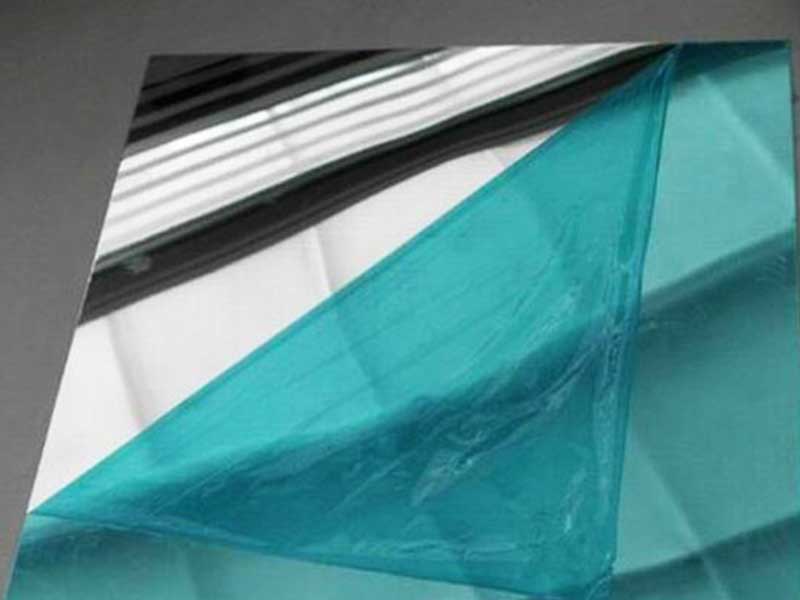
Mirror Aluminum
View Details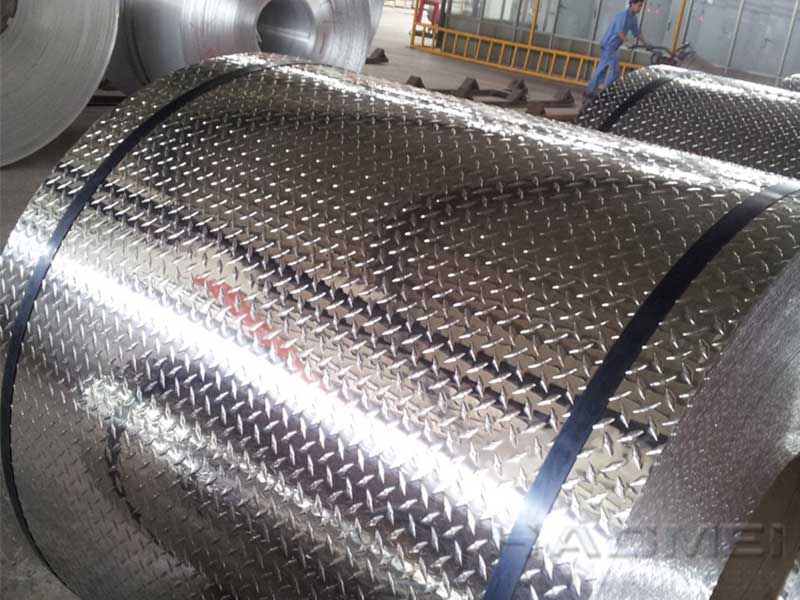
Stucco Embossed Aluminum
View DetailsAluminum
- The Knowledge Before Casting I...
- 2219 aluminum round bar
- The ways to clean aluminum mir...
- 5005 Aluminum Circle
- Household Aluminum Foil,alumin...
- aluminum sign manufacturer
- Anode assembly
- How to operate 2450 Cold roo...
- 6061 T6/T651 aluminum thick pl...
- 7075 Aluminium plate
- Explosion explosive welded cla...
- Anodized Aluminum Blanks for l...
- Aluminum foil for capacitors
- Aluminum rod for aluminum allo...
- Aluminum veneer & single layer...
- aluminium alloy edge trim prof...
- explosion bonded transition jo...
- 5000 Series Aluminum Plate,500...
- 7005 rivet aluminum wire screw...
- 1050 1350 High conductivity St...